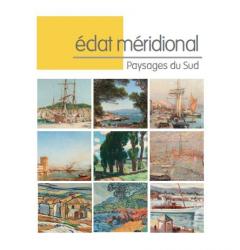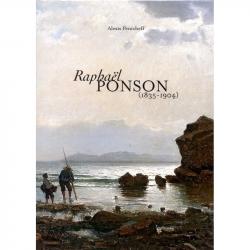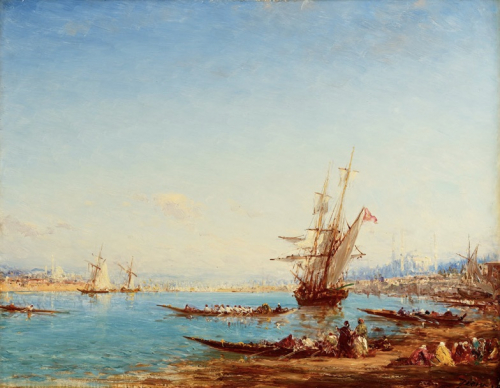It is undoubtedly by family tradition that the young man destined himself to painting. His father, and his grandfather before him, had made it their profession. Originally from the Var region, the Ponson family moved to Marseille in the 1840s and a few years later, the young Raphael Ponson was enrolled in the city's School of Fine Arts. Since 1845, Emile Loubon has been its esteemed director. He initiated a less rigid teaching style than before, turning towards nature and recognizing the students' own sensitivity, encouraging their singularity. He brought in his wake young painters eager to learn on the spot, in real contact with nature, which was a small regional revolution at the time.
Raphaël Ponson was one of them, still benefiting from a confrontation with masters coming from various horizons, particularly the painters of Barbizon, who, through the intermediary of the Salon de la Société des Amis des Arts, came to present their work in Marseille. At the end of this apprenticeship, Raphael Ponson decided to go to Paris. At the Louvre, he studied the art of his predecessors, particularly the landscape masters Poussin and Le Lorrain. Employed in a fan painting workshop, he perfected his style, learning the meticulous technique that will be remembered in his future works on paper. He also discovered Normandy, under a sky so different from the one he had been used to paint until then.
Before returning to settle permanently in Marseille, he made the traditional artistic pilgrimage to Italy: Rome, Venice and especially Naples, where he found his beloved Mediterranean stretching out at the foot of Vesuvius. Upon his return to Marseille in 1859, Raphael Ponson settled into his family and professional life. He married Marie Lefèvre in 1862 and three children were born of this union. He began to send his paintings to the Parisian salons in 1861 and they were very successful. Prestigious public commissions were not long in coming and in 1865, Charles Emile de Maupas, prefect of the Bouches-du-Rhône, commissioned the artist to decorate the gallery of the private apartments of the new prefecture of Marseille, which was inaugurated in 1867. The same year, he presented a large composition for the Universal Exhibition.
The painter, who was making a name for himself, was soon entrusted with the decoration of three rooms of the Museum of Natural History housed in the Palais Longchamp, an emblematic building of the second half of the 19th century erected to commemorate the arrival of the waters of the Durance in Marseille. Around 1878, he set up his studio in a private mansion on rue Sénac and continued to make a living from his painting, attracting numerous amateurs and working on various decorative commissions for both private and public use. At the dawn of the new century, however, the explosion of innovative pictorial currents made him lose the interest of the critics and the public.
After his death, the artist's studio remained closed for almost thirty years. It was not until 1932 that his daughter, acceding to numerous requests, agreed to a retrospective exhibition at the Caors-Cottier gallery in Marseilles. Alexis Pentcheff is the recognized specialist of the painter Raphaël Ponson. In 2008 he dedicated a monograph to him and has been cataloguing the artist's production for several years with a view to producing a catalog raisonné of his work.
From March 30 to August 28, 2016, the Museum Regards de Provence pays tribute to this artist through the exhibition: Light and Sweetness of Raphael Ponson.
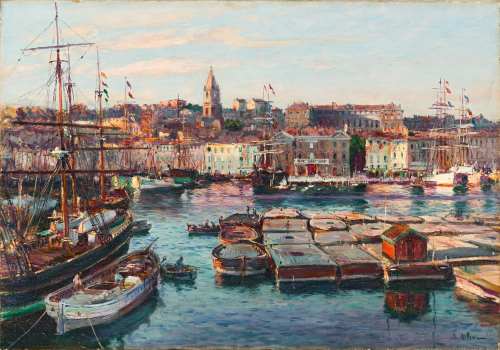
Provençal Painters
8 October 2022 - 22 October 2022
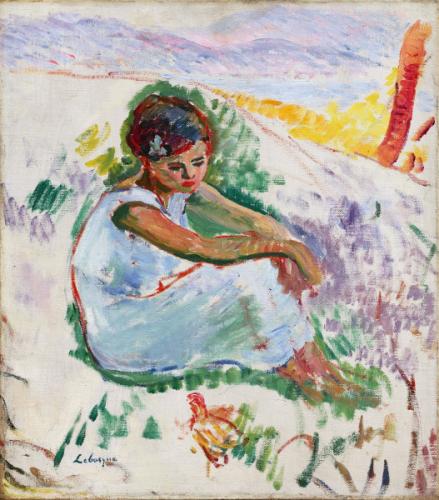
Happy Birthday Galerie Pentcheff
11 January 2019 - 9 March 2019
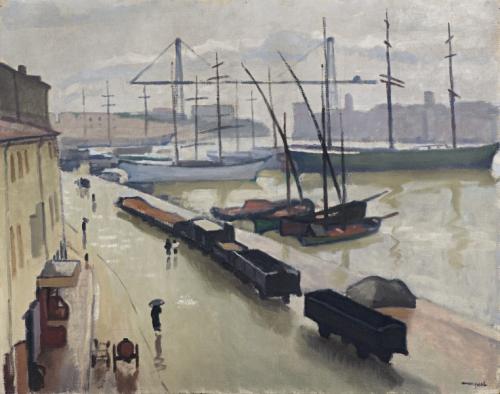
Gallery Reopening
22 October 2015 - 26 February 2016

